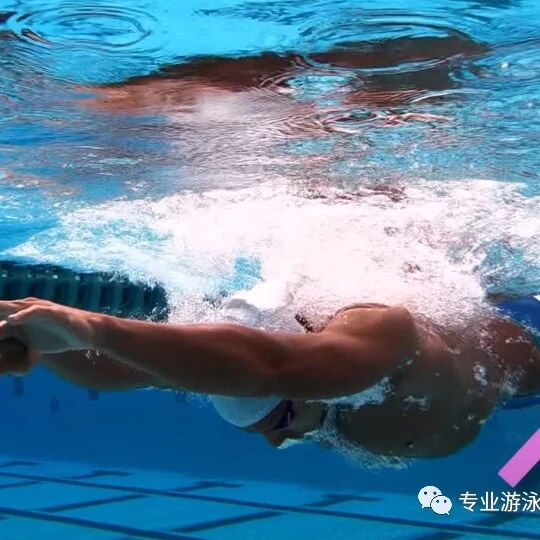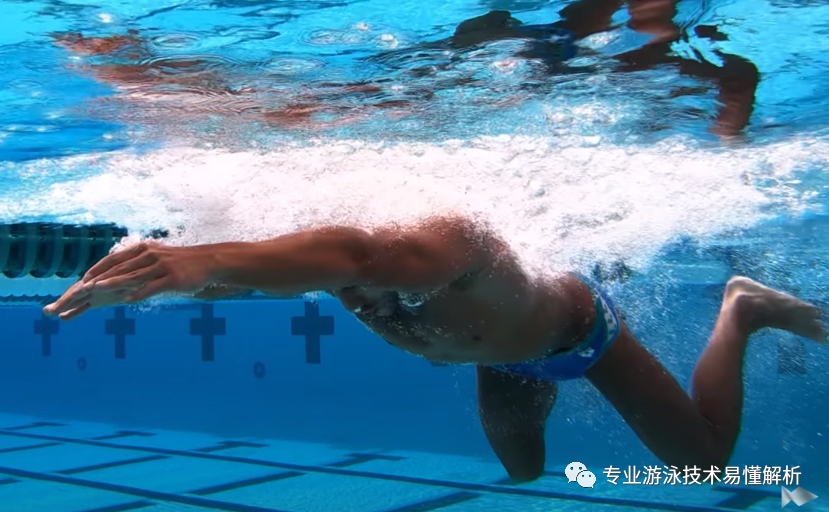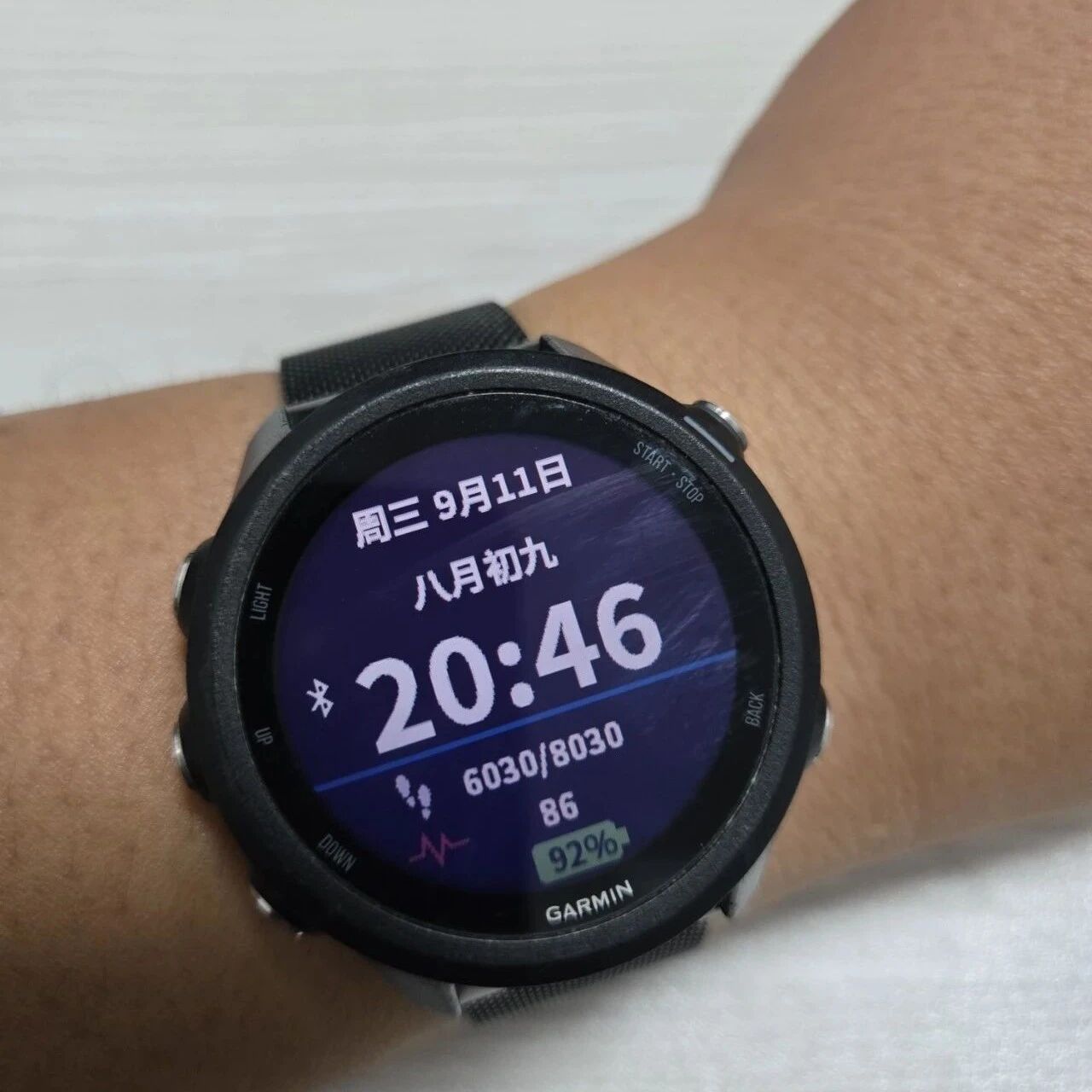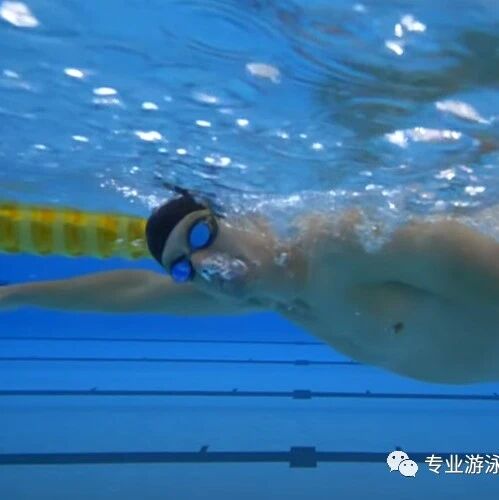Perform the frog kick—pulling, pushing, and squeezing the legs—with proper form and within your limits. Learn about the beginner's pathway for mastering breaststroke.

This article is tailored for complete beginners who are eager to learn swimming and determined to get started right away—providing a step-by-step guide to mastering the basics of breaststroke. Breaststroke is incredibly easy to pick up: as long as your body feels relaxed enough to float, and you can lift your head to breathe, you’ll be able to swim—even if your kick isn’t perfectly executed yet. Of course, refining your technique to swim gracefully takes dedicated practice and careful attention to detail, making it slightly more challenging than freestyle. That’s precisely why, for those with zero swimming experience, deciding whether to start with breaststroke or freestyle often comes down to personal preference. Generally speaking, freestyle involves fewer intricate details compared to breaststroke, and unlike breaststroke, which offers distinct styles like "flat breaststroke" or "wave-like breaststroke," freestyle doesn’t have such nuanced variations. From a practical perspective in swimming instruction, the question of whether to learn an imperfect breaststroke first or a proper freestyle might actually boil down to this: Is it better to master an unpolished breaststroke—or to focus on perfecting a well-executed freestyle from the very beginning?

1. How Beginners with No Prior Experience Can Get Started in Swimming
Many swimming classes don’t start with breaststroke or freestyle—they actually begin with the back float. People who can’t swim often assume they’re learning backstroke, but in fact, both the back float and floating faceup on the water are fundamental swimming skills. These exercises serve as essential drills to help beginners become comfortable with water. After all, the first step for any beginner is overcoming their fear of water, the second is mastering how to stand up effortlessly in the pool, and the third is learning to relax and exhale naturally—almost instinctively. Whether you’re teaching yourself or working with a swimming instructor, these three steps are indispensable milestones on your journey to becoming a confident swimmer.
Those who jump straight into the water, flailing as if to swim right away, often lack a basic understanding of swimming and fail to respect the power of the water. After all, swimming remains a high-risk sport. Irregular swimming techniques and overconfidence in one’s ability to handle the water can inadvertently create hidden risks of accidents—though thankfully, such incidents usually involve only a few experienced swimmers. Yet, this still leaves people with the misleading impression that "even those who know how to swim can drown." Instead of simply warning kids to stay away from water during summer breaks to prevent drowning, schools would do better by teaching children proper, confident swimming skills from an early age.

2. Beginner Exercises for Breaststroke
Floating exercises are all about practicing body relaxation—the more relaxed your body becomes, the more effortlessly you’ll float. There are two main types of floating: one involves lying face down on the water’s surface, and the other is floating on your back. Both techniques help swimmers improve their overall body relaxation. Some swimmers may worry that they won’t be able to stand up after floating on their backs, which might make them hesitant to try this technique. But don’t worry—this concern won’t hinder your progress in learning to float or swim.
To ensure safety while floating, allow your body to rise naturally in the water, and when getting back to your feet, always lead with your feet by firmly planting them on the pool bottom before slowly lifting your head. This simple principle will keep you secure in the water.
As for mastering the "sculling" technique (also known as "treading water"), you don’t necessarily need to learn it right away. You can focus on perfecting your breaststroke first, gradually building confidence in the water. Once you’re comfortable with basic swimming skills, you can then move on to practicing efficient treading-water techniques, especially if you plan to spend time in deeper areas where staying afloat becomes essential.
Once you can comfortably float on the water with your breath held, practice exhaling slowly underwater—whether through your mouth, nose, or even the corners of your lips. You can also alternate between exhaling first through your mouth and then through your nose. Keep practicing until you’ve mastered controlling the pace of your exhalation. Remember, don’t rush to release all your air as soon as you enter the water; instead, focus on managing the speed of your breath.
Once you’ve mastered breathing, move on to practicing the rowing motion with your arms. Your hands should resemble two doors: position your palms at a 15- to 45-degree angle to the water’s surface. Start by sweeping the water outward while simultaneously pressing downward, then reverse the motion—turning your palms inward as you press the water downward again. This creates an arm movement that mimics the action of a boat oar, repeatedly pushing and pulling through the water. As you perform this motion, focus on feeling the water’s resistance against your arms. Imagine yourself opening a door or doing a push-up with each stroke. At the same time, lift your head out of the water as your palms sweep and press downward. Remember to keep your neck and body relaxed throughout the process. If you can maintain your head above water consistently—or even manage to lift it completely out of the water just as you finish exhaling—congratulations! You’ve successfully mastered the breathing technique for the breaststroke.

The kicking and squeezing motion of the frog kick is a knee-rotating acceleration movement—much like how, in badminton, the arm first externally rotates the wrist before internally rotating it, both designed to maximize power and speed. A crucial step in the frog kick is the flipping of the foot during the kicking and squeezing phase. This maneuver increases the maximum surface area in contact with the water, ensuring the entire sole of the foot faces the water squarely. Moreover, the path of the frog kick isn’t a straight line—it follows a smooth, curved arc, which is far more efficient than a straight trajectory. This curved motion allows for significantly greater speed during the kick, a principle rooted in physics that mirrors the concept of the brachistochrone curve, where the fastest descent occurs along an optimal, non-linear path.
While not a technically "off-joint" movement, the frog kick can still put some strain on the knees. Therefore, it’s not recommended for swimmers with poor flexibility—especially adults—to perform the kicking and squeezing motion perfectly according to proper form. For some swimmers, mastering the frog kick’s kicking and squeezing sequence can be challenging. However, the key is to remember to turn your feet outward as you push your legs backward, and consciously squeeze your legs together—or better yet, bring them firmly together at the same time you’re pushing them back. Think of it as mimicking a standing-up motion, and you’ll find yourself executing the kick-and-squeeze technique smoothly and effectively.
Note that when performing the frog kick, focus on feeling the sensation of pushing the water backward—avoid forcing or snapping your movements. As you bring your legs back, do so smoothly, ensuring your body’s overall buoyant position remains largely unchanged. Keep your hips stable throughout both the recovery and propulsion phases. If, during the kick, you gently push your feet downward while simultaneously driving them backward, you’ll notice your hips naturally rise—and may even break the surface of the water after completing the kick. This technique will enhance the efficiency of your stroke, making it easier to progress further in learning breaststroke.



